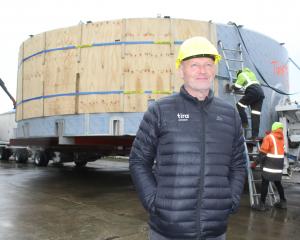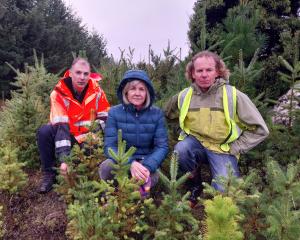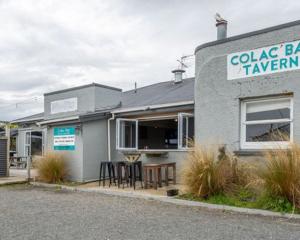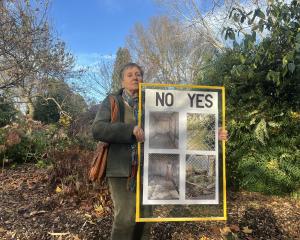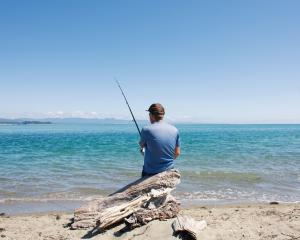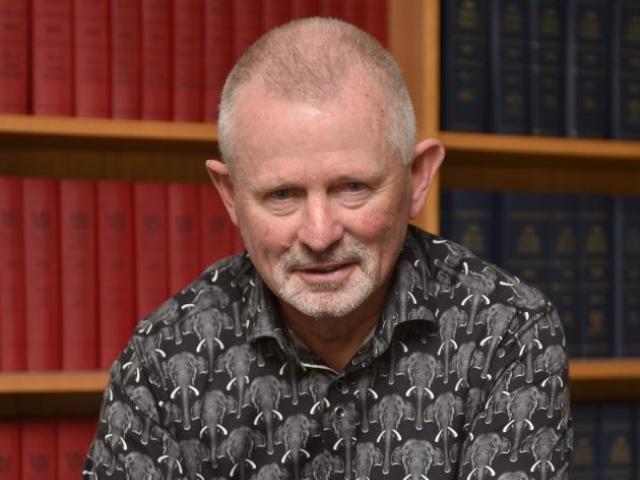
Invercargill Mayor Nobby Clark said last week the Oreti River supplied the city through a singular finite water source via the Branxholme water treatment plant, which put the city at risk.
‘‘If we get a major river contamination, or Branxholme breaks down, or the main arterial pipes into the city break down, we’ve only got a three-day supply sitting in the tanks in Doon St.
‘‘We’ve got no back-up. We’re the only sized city like this in the country that only has a single water supply.
‘‘So we will, somewhere along the line, upgrade to two water supplies.’’
Invercargill City infrastructure and projects committee chairman Grant Dermody said it was important to secure an alternative water source for the community.
‘‘Everyone, rightly so, expects fresh water and clean water — it’s really important that we need to supply that to the community.’’
The new aquifer was initially going to be solely an emergency supply but is now being viewed as an alternative supply.
‘‘We see the benefit in being able to take the risk out of a water supply if something happens to our existing water supply at Branxholme.’’
Tests are under way to assess the site for subsidence.
It also needs to be assessed for seawater inundation because of its proximity to the sea.
The Awarua supply would require less treatment as it came from ground supply, rather than a river source. It could also be linked into the existing Bluff supply infrastructure and pumped to the Branxholme plant.
It is hoped the new source will also supply the new industrial Awarua Quadrant.
An expected project end date had yet to be finalised, Cr Dermody said.
‘‘In industrial worlds, you find the source, you secure the source, then you potentially cap it. You put a lid on it and say, ‘well we know it’s there, we know it’s secure and ready to bring on stream when we want to bring it on stream’.
‘‘We can bring it on stream if there was a demand industrial-wise, if there is an expansion of the commercial footprint down there — that might bring it on sooner, or if the capital budgets change.’’
The council has looked at multiple supply options over the years,
but the Awarua supply was the preferred option due to its proximity and cost, Cr Dermody said.
An April report to the council indicated a potential 20 million litres a day drawdown could be sustained on an intermittent basis.
The drilling budget was set at $583,000 of the $923,526 spent on stage 1. The overall budget of the project is $1.3m.
Water take permits will be lodged once subsidence investigations have been completed.
The Otago Daily Times reported in June 2023 the alternative water supply investigation project had an allocated budget of $700,000 and was originally included in the 2021-31 long-term plan, with $19.7m funding included over 2025-26 and 2026-27.
The city has also been replacing concrete main supply pipes with polyethylene pipes stretching for more than 10km from the Branxholme treatment plant to the Gala St storage tanks.
The new pipes will replace infrastructure installed in 1958.
Work on the $27m project started in August 2022 and is scheduled to finish about mid-2025.
toni.mcdonald@alliedpress.co.nz
- Toni McDonald


